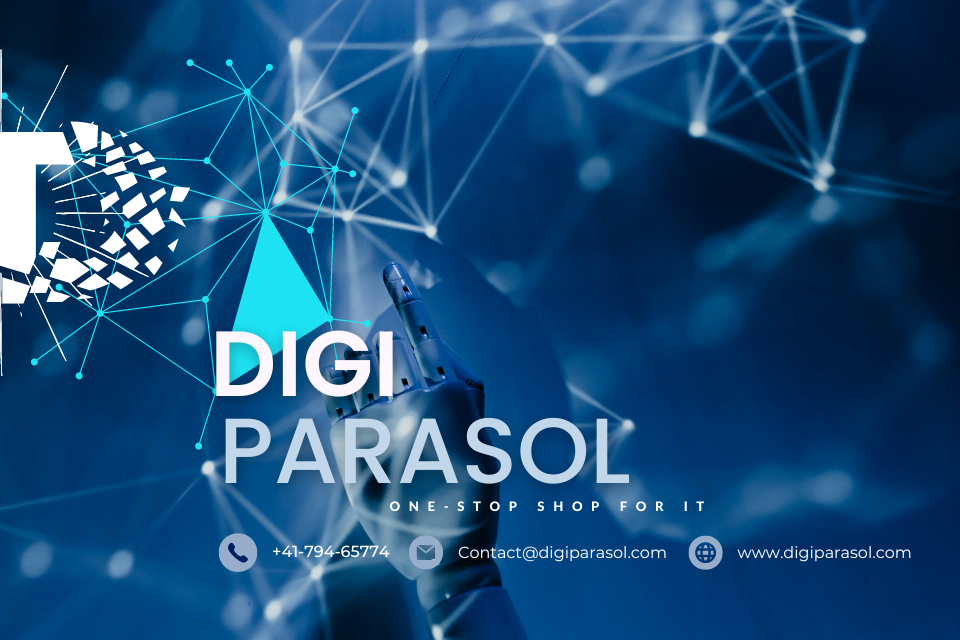DeepAI Text to Image is an AI-driven service that generates images based on textual descriptions provided by the user. Leveraging advanced machine learning models, this tool interprets the text input to create visual representations that match the described scenes, objects, or concepts. It’s designed for a wide range of applications, from aiding creative processes to generating unique imagery for various projects.
Pros of DeepAI Text to Image
- Innovation and Creativity: Enables users to transform creative ideas into visual representations without the need for drawing skills.
- Accessibility: Offers a straightforward way for users to generate images, making advanced AI technology accessible to a broader audience.
- Versatility: Can be used for a variety of purposes, including content creation, design, education, and entertainment.
- Time-Saving: Provides a quick method to produce visual content, which can be particularly useful for conceptualization and prototyping.
Cons of DeepAI Text to Image
- Quality Variability: The quality and relevance of the generated images can vary greatly depending on the specificity and complexity of the text input.
- Ethical Considerations: Raises questions about copyright and the originality of AI-generated content, as well as the potential for generating inappropriate or harmful imagery.
- Technical Limitations: The technology may not always accurately interpret the text or produce images that fully match the user’s expectations.
- Dependence on Descriptions: The effectiveness of the tool is heavily reliant on the user’s ability to provide clear and detailed textual descriptions.
In summary, DeepAI‘s Text to Image service represents a fascinating application of AI technology, offering users the ability to generate images from text descriptions. While it opens up new creative possibilities and has the potential to streamline content creation processes, users should be mindful of its limitations and the ethical considerations surrounding AI-generated content.


